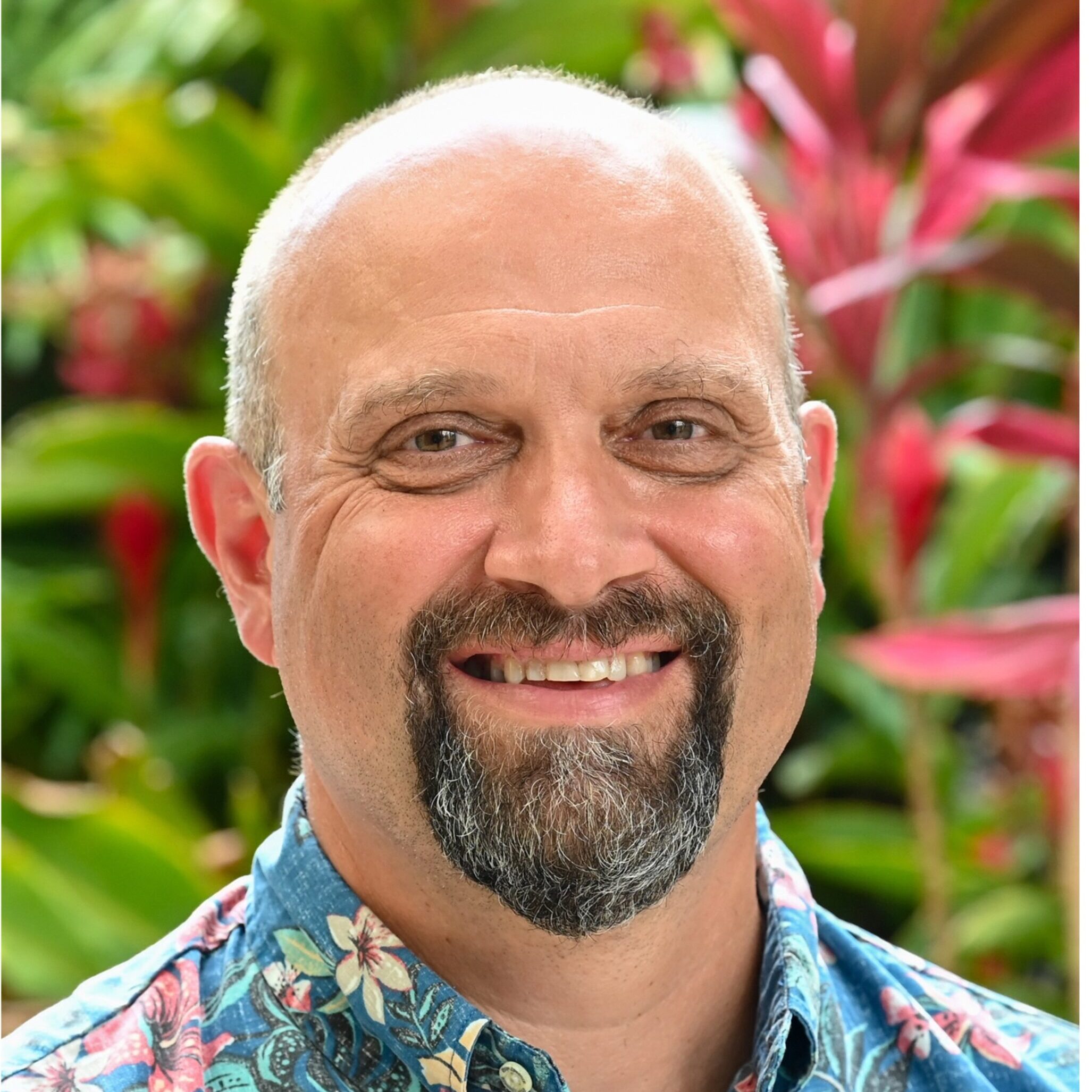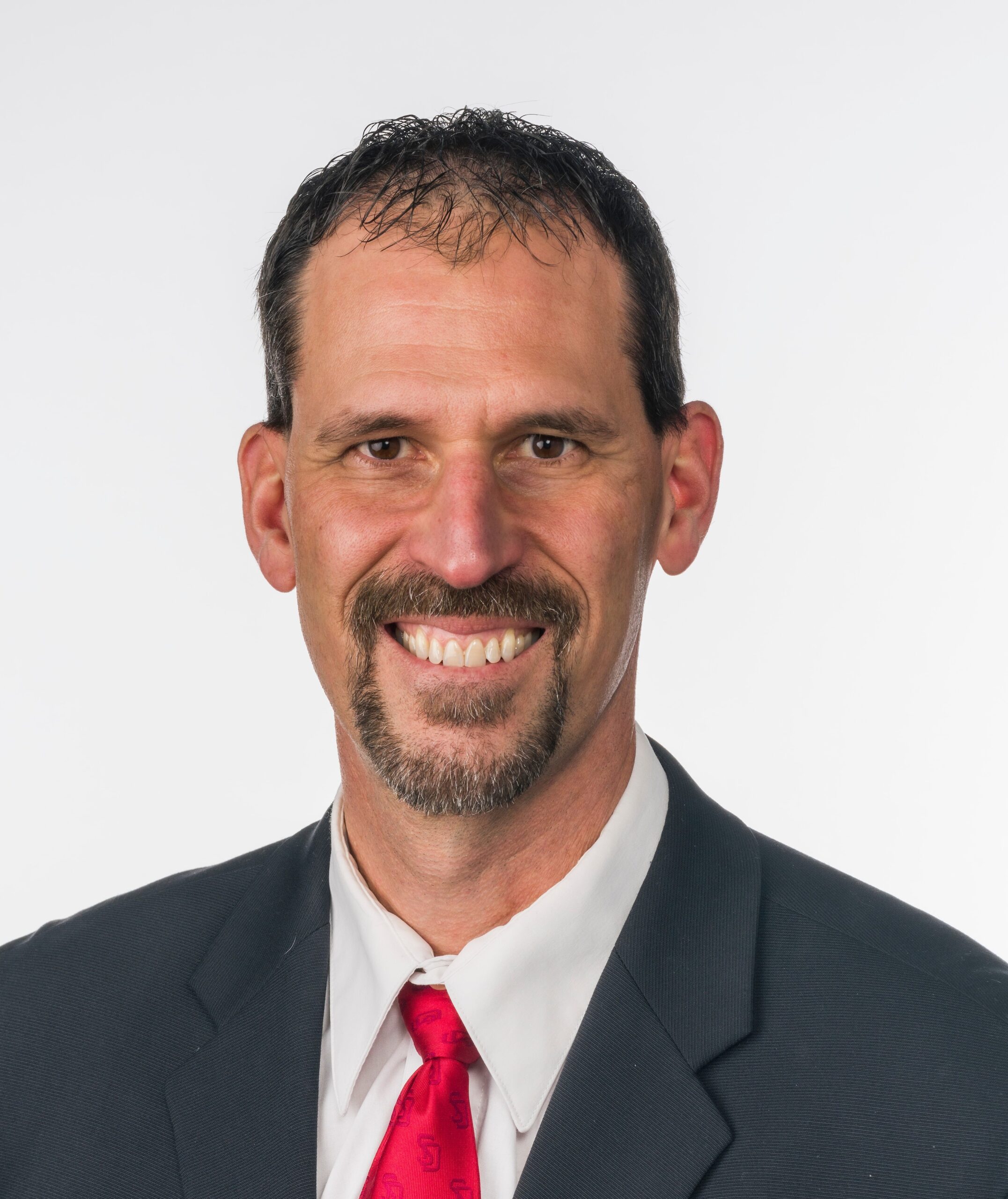Welcome back to season 2 of PT Elevated where we are broadening our topics to include more researchers but still focusing on topics that you can use in your clinic every day.
On our sixth episode of season 2, Dr. Trevor Lentz, PT, PhD, MHA, who is in the department of Orthopedic surgery and in the Clinical Research Institute at Duke University, discusses yellow flags and fear in physical therapy.
Currently, his primary focus is in research, first on how to improve value of care in physical therapy and health policies and secondly in yellow flag screening, understanding physiological distress and the impact it has on things like returning to sports, getting back to work and function after orthopedic injury.
Here are some of the highlights:
Trevor and his colleagues developed the OSPRO yellow flag assessment tool. It was developed because the need for it in the clinics with the frustration they were facing. They knew there were a lot of different psychological characters that may be important to evaluate evaluate but the problem was evaluating efficiently.
The OSPRO-YF assessment tool looks like a traditional psychological assessment tool but works very different and there are a couple different versions. The assessment calculates what patients would score on 11 different psychological questionnaires. The tool improves the efficiency of screening and allows clinicians to administer these tools in an efficient way.
When developing the OSPRO-YF Trevor and his colleagues looked at 11 different questionnaires (130 different questions overall) that they had patients fill out. It enabled them to have a question pool that they could pull from. It also told them information about how a patient would score on those individual questions. It was a factor analysis, identifying which items told them the most information about some of these underlying constructs. It would allow them to estimate these scores most efficiently.
The OSPRO-YF is designed as a screening to identify patients that may require additional psychological work up. Trever says they do not advocate making treatment decisions based on those numbers alone. It is recommended to take the information and use it to make conversation with the patient about how they are feeling, what they are thinking about pain or their condition and that will help make decisions. “To determine what treatments to provide patients we are actively conducting research to understand how exactly to interpret this.”
“I think that the fear avoidance of beliefs, I’ve always conceptualized as a term that would encompass the term like kinesiophobia which is a more specific term that focuses on the fear of movement. I think that there are several different types of fear patients can display, fear of pain, movement, injury. All of those I conceptualize under fear avoidance beliefs and in my clinical experience I tended to see that you could have patients that were extremely afraid of reinjury but not necessarily afraid of pain.”
Trevor Lentz Clinical Pearl: “The biggest thing I could recommend is the value in looking at recovery and rehabilitation from a biopsychosocial perspective. One of the things I found helpful both on the research and clinical side, is getting to know your providers outside of physical therapy. Developing relationships with the physiologists that are working in that field and your orthopedic surgeons and others to understand how they are portraying this information to patients. How they are talking with patients about their condition and their recovery. It is helpful to hear their perspective both ways and for you as a physical therapist to be able to inform them on the types of things you are encountering within clinical practice and how you feel they could be helpful within this whole rehab process.
Making sure you are really listening to the patients. That was something that people coming out of school recognized as important and understanding goals and values and beliefs, but I truly didn’t recognize that until I got a little further out and started doing a lot more work around physiological distress that sometimes to get into those conversations with a patient about their physiological needs you really have to listen and dig a little bit. I think that is very important and falls within our scope of practice and something that I think we should be doing.”
Helpful research and training:
Therapeutic Neuroscience Education
Advance Therapeutic Neuroscience Education: Focus on Function
Optimal Screening for Prediction of Referral and Outcome (OSPRO) for Musculoskeletal Pain Conditions
Ad Info: How many of you are thinking about or preparing to sit for your board-certification exam? Achieving board certification can be a strenuous process, and the right prep course can mean the difference between a passing and failing exam score. PT Elevated sponsor, Evidence In Motion, offers test prep courses for OCS, SCS, and GCS, with over 95% pass rates! As a podcast listener, you can get 5% off a prep course now. Find the promo code and more info in the show notes. You got this!
Connect with us on socials:
@ZimneyKJ on Twitter
@PMintkenDPT on Twitter
@TrevorLentzPT on Twitter

